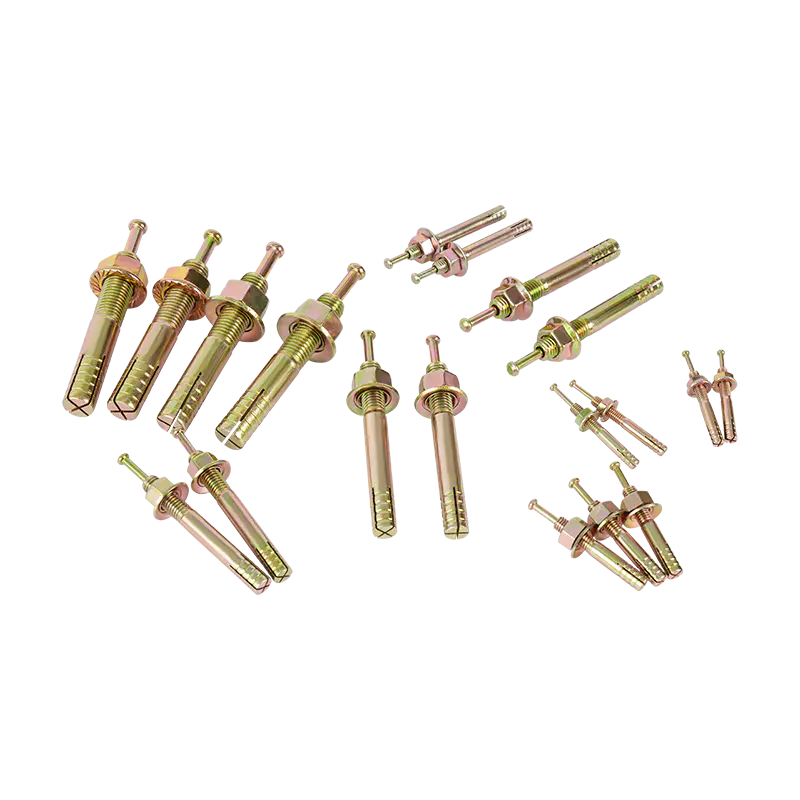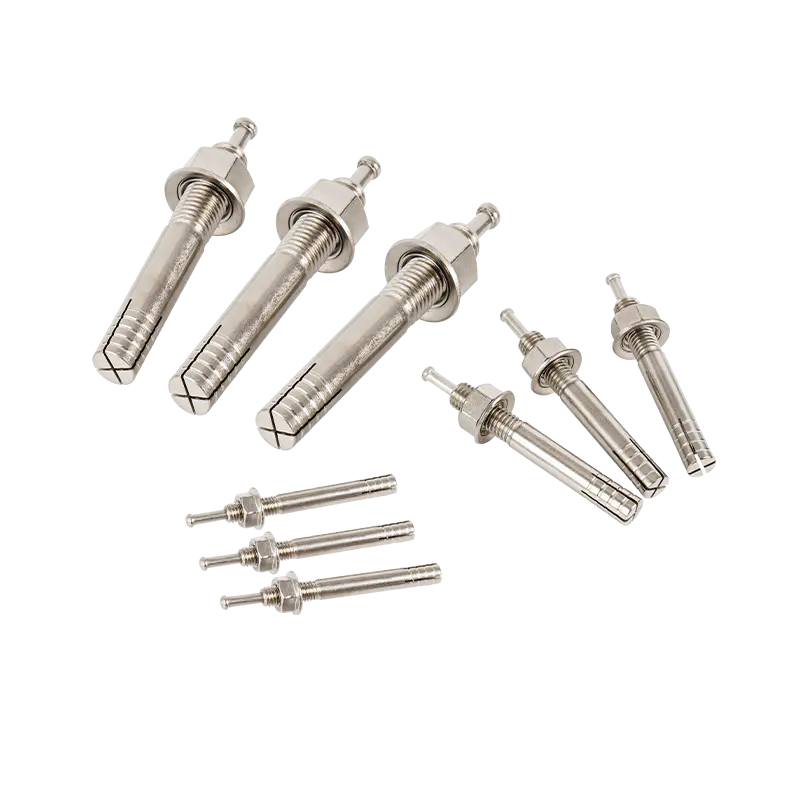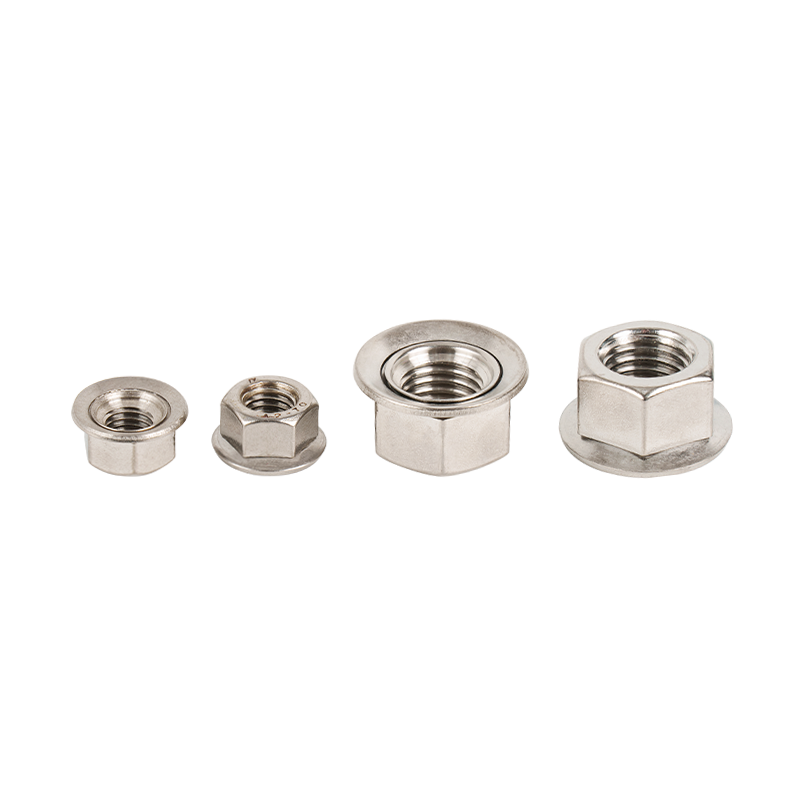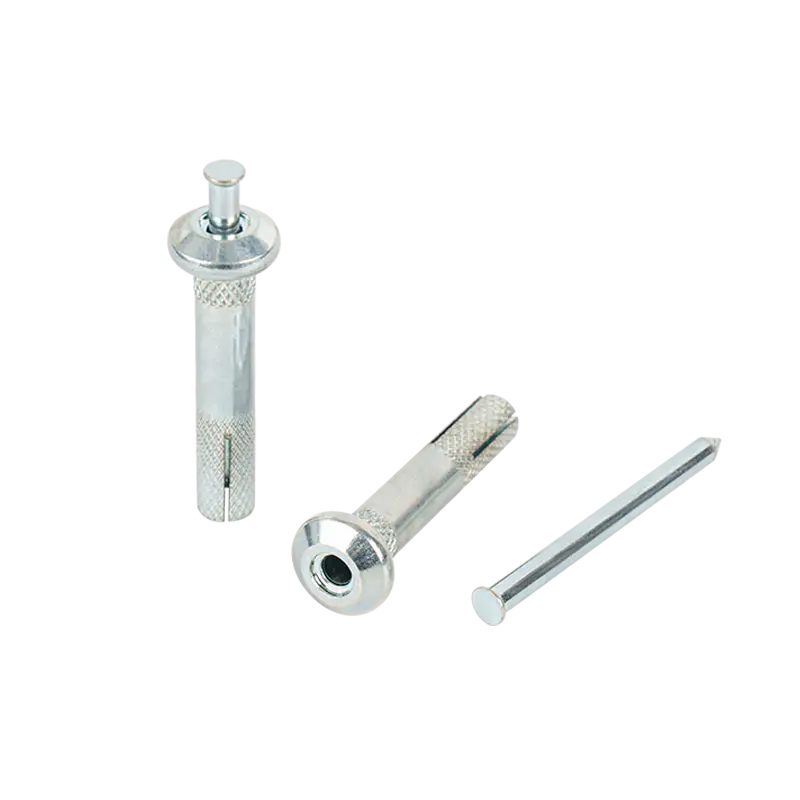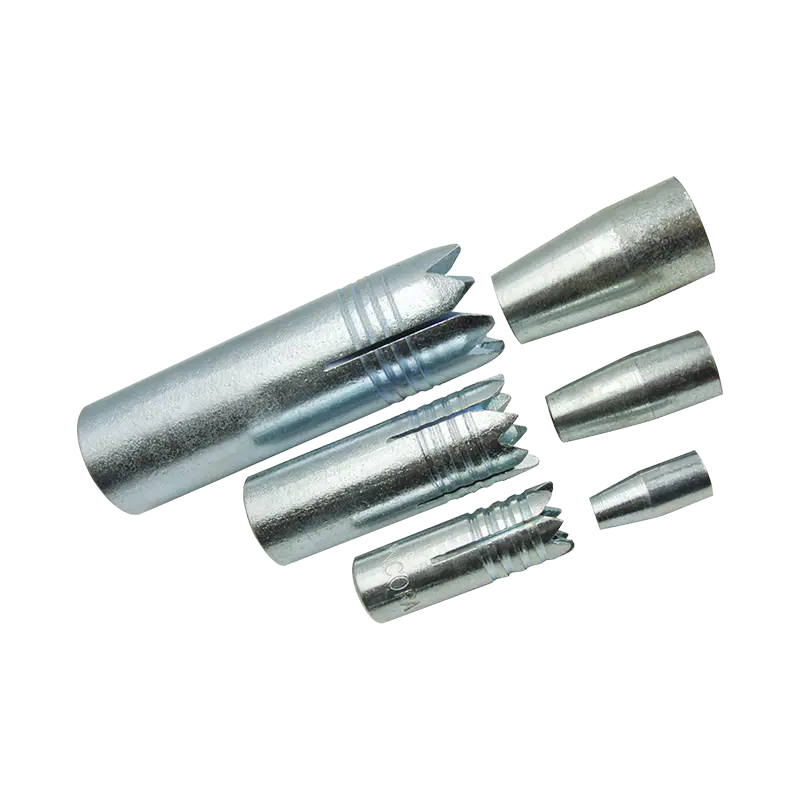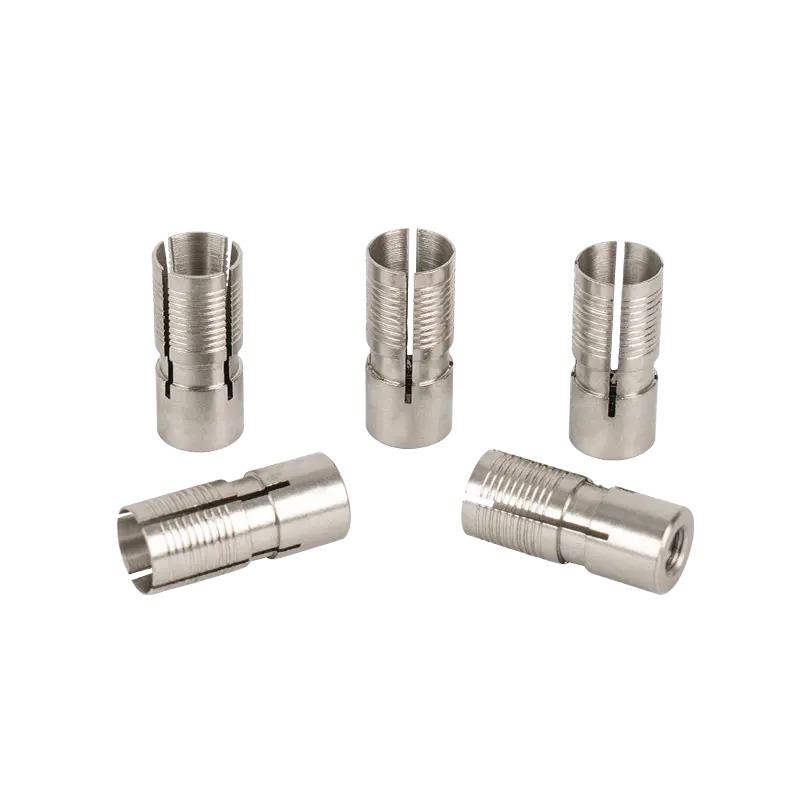Will the Strike Anchor fail in areas with freeze-thaw cycles?
2025-06-29
The performance of mechanical anchors, including the widely used Strike Anchor (sometimes referred to as wedge anchors), in regions experiencing repeated freeze-thaw cycles is a critical concern for engineers, contractors, and building inspectors. While these anchors are robust fasteners, understanding their interaction with concrete subjected to freeze-thaw conditions is essential for ensuring long-term structural integrity and safety. The core question isn't inherent failure of the anchor itself, but rather the degradation of the concrete host material and the anchor's dependence on its integrity.
Understanding the Freeze-Thaw Threat to Concrete
Concrete is inherently porous. Water penetrates these pores. When the temperature drops below freezing, this water expands upon turning to ice, generating significant internal tensile stresses. Repeated cycles of freezing and thawing progressively crack concrete internally and at surfaces (scaling). This degradation leads to:
- Reduced Compressive Strength: Weakened concrete offers less resistance to the forces exerted by the anchor.
- Surface Scaling: Loss of the near-surface concrete layer compromises the crucial embedment zone where anchors develop their holding capacity through friction and mechanical interlock.
- Microcracking: Internal cracks reduce the overall cohesion and integrity of the concrete mass surrounding the anchor.
Implications for Strike Anchor Performance
The holding capacity of a Strike Anchor relies heavily on the mechanical interlock created when the sleeve expands against the concrete borehole wall upon setting and the development of friction along its embedded length. Consequently:
- Dependence on Concrete Integrity: If freeze-thaw damage occurs around or below the anchor's wedge expansion zone, it significantly weakens the concrete's ability to resist the expansive forces and gripping friction generated by the anchor. This can lead to reduced pullout and shear capacities.
- Critical Embedment Depth: Concrete damage is often most severe near the surface. Anchors embedded only within this vulnerable zone are at higher risk. Deeper embedment, reaching below the typical frost penetration depth and into sound concrete, is crucial.
- Anchor Movement: Severe scaling or spalling directly at the anchor head location can potentially loosen the nut/washer assembly over time, reducing clamp load and potentially allowing slight movement.
Mitigation Strategies for Reliable Performance
Successfully utilizing Strike Anchors in freeze-thaw environments requires a proactive approach focused on concrete quality, proper installation, and anchor selection:
- High-Quality, Air-Entrained Concrete: This is the most critical factor. Air-entraining admixtures create microscopic, evenly distributed air bubbles that provide internal pressure relief during freezing, drastically improving freeze-thaw resistance. Specify concrete with appropriate air content and adequate compressive strength (typically > 4,000 psi / 28 MPa).
- Increased Embedment Depth: Deeply embed anchors. Standard minimum embedment depths are often insufficient. Consult anchor manufacturer technical data sheets (TDS) explicitly for freeze-thaw recommendations, which often mandate deeper embedment (typically 1-2 inches / 25-50 mm deeper than standard minimums) to ensure the anchor's expansion zone is well below the depth of significant frost penetration and surface scaling. Always follow the manufacturer's specific freeze-thaw installation instructions.
- Corrosion Protection: Freeze-thaw cycles often coincide with corrosive environments due to de-icing salts. Select anchors manufactured from suitable corrosion-resistant materials (Hot-Dip Galvanized, Stainless Steel - Type 304 or preferably Type 316 for coastal/severe environments) to prevent anchor corrosion, which would further compromise performance.
- Proper Installation: Strict adherence to installation procedures is non-negotiable:
- Drill correct diameter holes using rotary hammer drills (avoid impact-only).
- Thoroughly clean holes of all dust and debris using wire brushes, compressed air, or vacuum systems (industry best practice mandates this, crucial for achieving design loads).
- Set the anchor using the specified torque or hammer force to achieve proper expansion without damaging the concrete.
- Ensure the base material thickness exceeds the minimum required for the anchor size and embedment depth.
- Edge and Spacing Requirements: Strictly maintain minimum edge distances and anchor spacing to prevent concrete splitting, which is more likely in freeze-thaw weakened concrete. Increase distances beyond the minimum where possible.
Strike Anchors themselves do not intrinsically "fail" due solely to temperature cycling. Instead, their reliable long-term performance in freeze-thaw regions is contingent upon:
- The quality and durability of the concrete host material.
- Significantly increased embedment depth beyond standard minimums.
- Selection of appropriate corrosion protection.
- Meticulous adherence to manufacturer-specified installation procedures.
Ignoring the aggressive nature of freeze-thaw environments significantly increases the risk of reduced anchor capacity, potential loosening, and ultimately, connection failure over time. Prioritizing high-performance concrete, deep embedment, corrosion resistance, and flawless installation is paramount for ensuring the safety and longevity of structures anchored with Strike Anchors in these demanding climatic conditions. Always rely on the specific anchor manufacturer's freeze-thaw installation guidelines and consult qualified structural engineers for critical applications.

 English
English 日本語
日本語
